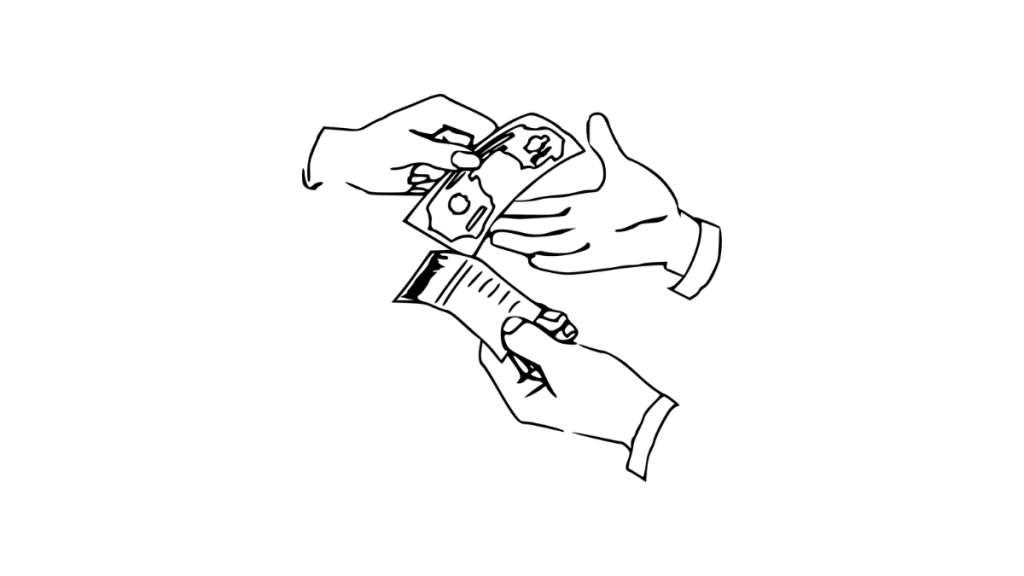DIFFERENCE BETWEEN SELLING AND COLLECTING
Accelerate your business with these expert tips on "The difference between selling and getting paid". Analyse and discover this TIP!
The main difference between sale and collection is the time at which the revenue is recorded in a company's cash flow.
- Sale: A sale occurs when a customer makes a purchase of a product or service offered by the company. This transaction generates an accounting revenue in the company's income statement, which reflects the total amount of the sale, regardless of whether the customer has paid or not.
- Charging: Collection, on the other hand, refers to the moment when money is received from the customer for the sale made. This money is recorded in the company's cash flow and is accounted for as a cash inflow. In the cash flow statement, we only record collections.
In a nutshell, a sale refers to the point in time when a transaction takes place, while a collection refers to the point in time when money is received for that transaction. The time between sale and collection can be significant and affect a company's cash flow, especially if credit sales occur. It is therefore important for a company to manage its collection cycle efficiently to ensure a good cash position.
Practical example of the difference between sale and collection
Let's say you have an online shop selling beauty products and you have invoiced 1000 euros in the month of January. However, you have only collected 500 euros because some customers have not yet paid. In this case, the sale made in January is 1000 euros, but the cash collection is only 500 euros. The difference of 500 euros is what is known as account receivable or accounts receivable. It is important to note that, receivables can increase over time if customer collections are not properly managed, which can negatively affect the company's cash flow. Therefore, it is important to keep careful records of accounts receivable and actively follow up on outstanding payments to avoid liquidity problems.
A revenue arises when the right to receive an amount of money for the sale of a product or service is generated (according to the accrual principle). However, collection occurs when the amount of money is received in our bank account or in cash. These two events do not have to occur on the same date, e.g. your company may make a sale today and not get paid for 30 days.
- For accounting purposes, the sale would be recorded today.
- The money will come through the bank on the 30th.
- This means that our PMC (Average Collection Period) is 30 days, i.e. the number of days from sale to collection.
APPLY THIS TIP TO YOUR PROJECT
QUIZZES
- 💻 PRACTICE with an expert in on next practical webinar.
- 🔎 CONSULT more related TIPs with this same theme.
- 📖 AMPLIA your knowledge by downloading this EBOOK.
THINK ABOUT YOU
- 🚀 IMPULSA your company in the next acceleration programme, ¡book your place now!
- 🥁 PRACTICE with your project in this practical webinar, ¡apply for your place!.
- 🌐 CONTACT with other entrepreneurs and companies, ¡register and take part in the next Networking!
THINK ABOUT HELPING OTHERS
- 🤝COLLABORATE as a volunteer: expert, mentor, inverter, awarding, Spreading the word, challenging, innovating, creating a TIP...
- 💬 RECOMMENDS this programme to reach out to more entrepreneurs by Google.
- 👉 SHARE your learning!
- 📲 SEND this TIP 👇









